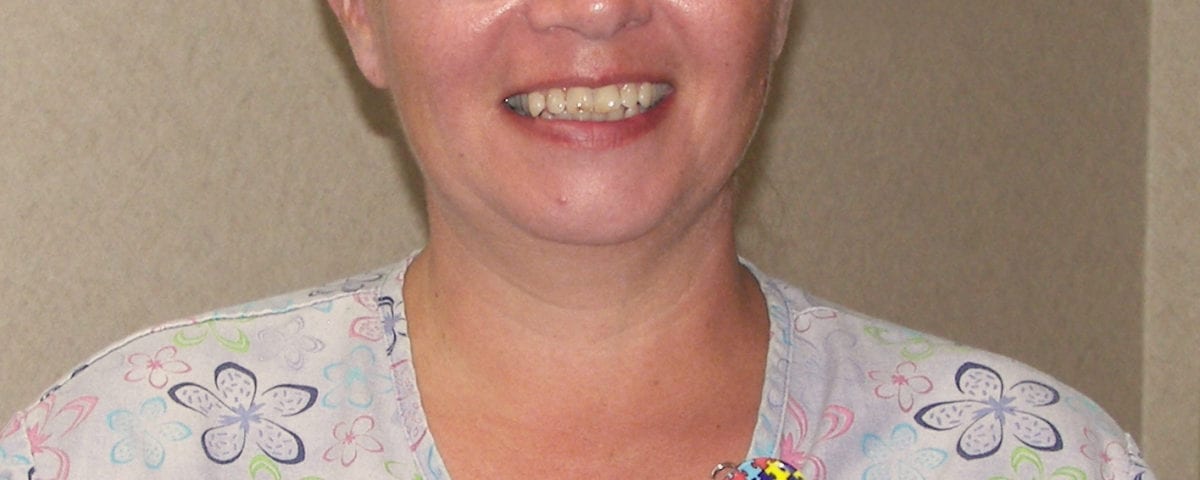
While many youths have varying levels of personal or family contact with the justice system in the US, we know most about the health and well-being of incarcerated youth. Yet, we know very little about the clinical health records of youth with personal or family justice-involvement because of inadequate cross sector collaborations and investigations. Our correctional system has undeniably shaped the landscape of child inequality (Bowleg, 2020 Wildeman et al., 2017), and has disproportionately affected families of color, families in poverty, and families in rural areas for centuries (Blankenship et al., 2018 Murphey & Cooper, 2015).

Upon release of incarceration, a record of crime can restrict where a family can live and work, and in some states, can even restrict their eligibility for government aid (Turney & Goodsell, 2018).

The traumatic separation of a child from their parent via incarceration can ensue multiple household, custodial/caregiver, and economic disruptions upon arrest and throughout incarceration. Over time, this has resulted in 77 million criminal records (Sawyer & Wagner, 2020) and numerous collateral consequences for family and community health. While incarceration rates have slowly declined over the past decade (Kaeble & Cowhig, 2018), about 600,000 people are sentenced to prison, and 4.9 million are detained in jails every year in the U.S. In 2016, alone, over 815,000 youth had contact with the juvenile justice system (Sickmund et al., 2020), and nearly 6.6 million adults were on probation or parole, or in jail or prison (Kaeble & Cowhig, 2018). The size and churn of the correctional system in the United States is staggering. We can do better in identifying, and supporting families affected by the correctional system. We captured an alarming health profile that warrants further investigation and validation methods to better address the gaps in our clinical understanding of youth with personal or family history involvement with the correctional system. This 2% made up 66% of all patients with cannabis-related diagnoses, 52% of all patients with trauma-related diagnoses, 48% of all stress-related diagnoses, 38% of all patients with psychotic disorder diagnoses, and 33% of all suicidal-related disorders within this institution’s electronic health record database – among other highly concerning findings. Two percent of the total pediatric population had a correctional keyword in the medical chart ( N = 51,855).

Health characteristics were measured as clinician diagnostic codes. jail, prison, probation, parole) to locate youth with probable personal or family history involvement. We employed a correctional-related keyword search (e.g. MethodsĪ descriptive study was conducted using electronic health record data of 2.3 million youth (ages 0–21 years) who received care in a large Midwestern hospital-based institution from February 2006–2020.

The purpose of this study was to identify and describe the health of pediatric patients with probable personal or family history involvement with the correctional system. Mass incarceration has had an undeniable toll on childhood poverty and inequality, however, little is known about the consequences on pediatric health.


 0 kommentar(er)
0 kommentar(er)
